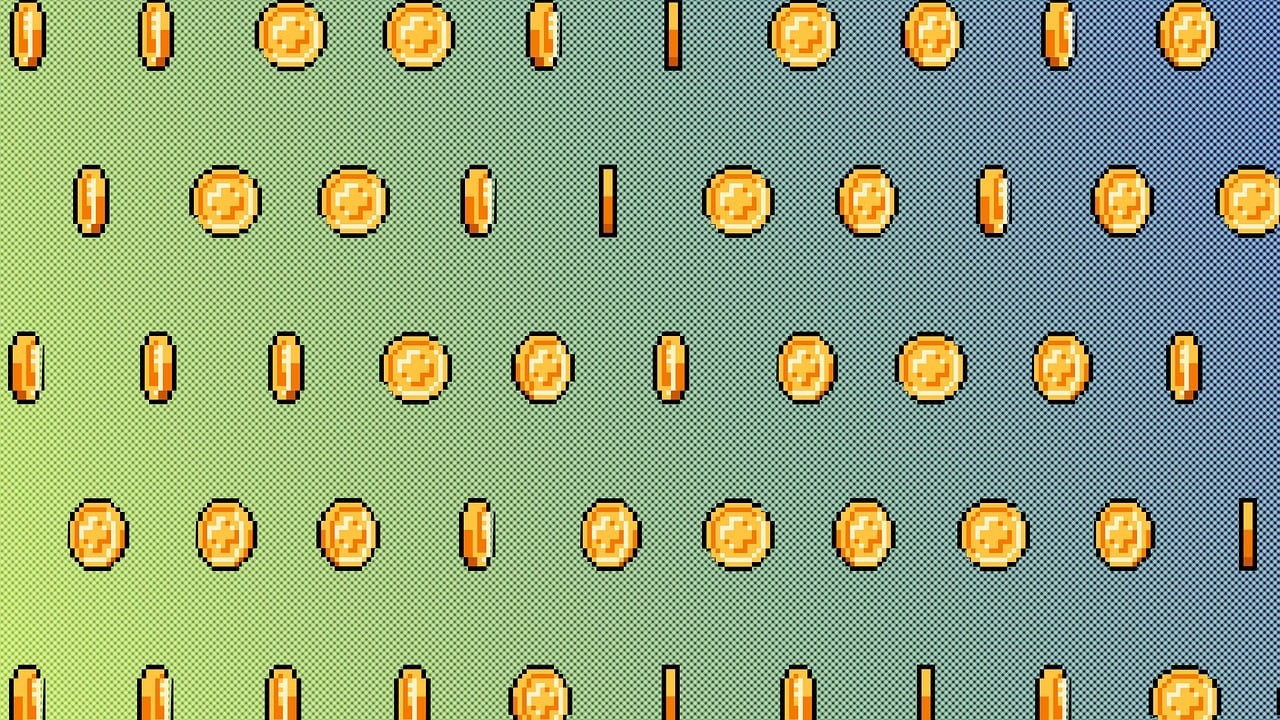Gaming is an expensive hobby, and game development doesn’t come cheap either. But there are ways to save money and still create a quality product. Here are our top tips to help keep your gaming development costs low.
1. Research before you buy: Before buying any hardware or software, make sure to do your research and determine what items best suit your needs. Don’t just buy the most expensive item because it looks like the best option.
2. Know what you need: Make a list of what hardware and software you need to create your project. Will you need motion capture equipment or an expensive animation software? Knowing what you need can help you narrow down possible solutions.
3. Build a budget: Create a budgetary plan for each project. Set the total budget for the project and then all the costs for each item you’ll be purchasing. This will help you track costs and ensure you don’t overspend.
4. Shop around: Don’t settle for the first item you find. Shop around online to find the best deals. Many times you can find a cheaper version of what you’re looking for or find a second-hand option at a fraction of the cost.
5. Consider outsourcing: If you’re not capable (or don’t want to spend the time) to do certain tasks, you can always outsource those tasks to a freelancer or other professional.
6. Try free versions: If you’re just starting out, try out the free version of the software or hardware you’re interested in. Many programs offer free versions that you can use and upgrade later if you really like the product.
7. Take advantage of open-source software: Open-source software is free software that anyone can use, modify, and share. Look for open-source software that suits your needs and can help you with your project.
8. Don’t pay for unnecessary extras: When shopping for software or hardware, make sure you don’t pay extra for features you don’t need. Many gaming development tools come with a lot of unnecessary features, so make sure you only pay for the features you need.
9. Reuse assets: If your game requires certain assets, look for ways to reuse them. Don’t always create a new asset for each project – you can often modify existing assets to fit what you need.
10. Utilize subscriptions: Many gaming development tools offer monthly subscriptions, which can be cheaper than buying the product outright. Subscriptions can also help you keep your costs low since you’re not paying for things you don’t need.
These are just a few tips to help you keep your gaming development costs low. With a little bit of planning and research, you can create a great game without breaking the bank.
